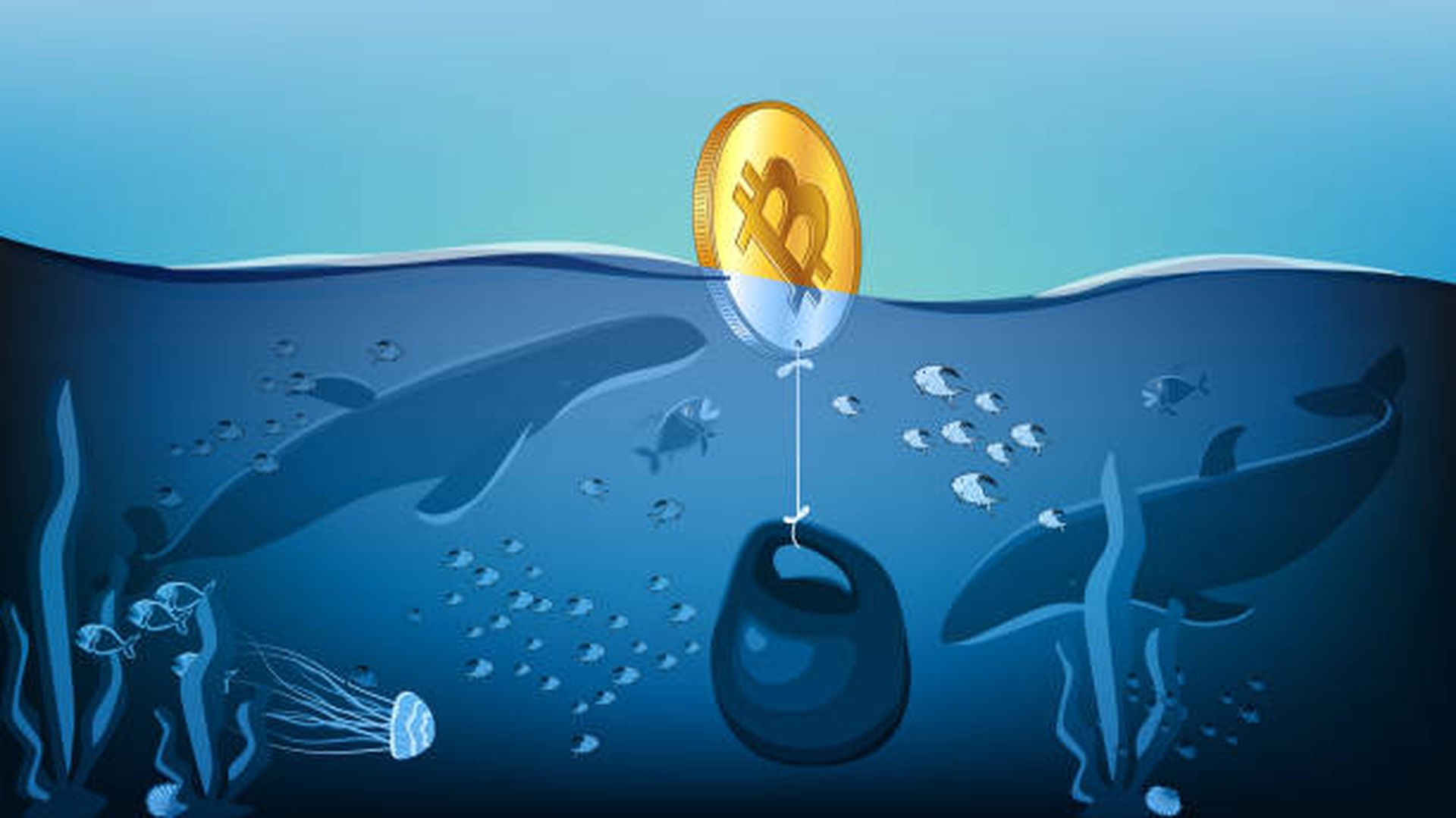The cryptocurrency market keeps advancing constantly. In crypto trading, market depth is the market’s capacity to withstand considerable orders without appreciably affecting the price.
In that context, it is a liquidity metric showing the number of buy and sell orders there are for specific crypto at different price points. Therefore, how is market depth displayed? A depth chart is mostly used to show the data. It plots sell orders (asks) on one side and buy orders (bids) on the other against price levels.
For instance, consider the order book of Bitcoin (BTC) on an exchange like Binance. The order book shows all pending bids and asks, together with their respective prices and quantities.
In case the bid side of the order book is considerably bigger than the ask side, it means there is strong buying interest, showing a higher market depth on the buy side. On the other hand, a thick ask side means there is increased selling pressure.
A deep market can readily absorb huge trades with minimal effect on prices, offering stability and minimizing volatility. For instance, in case an investor wants to sell 100 BTC in a market that has great depth, the price might just drop somewhat since there are multiple buy orders at various price points.
On the flip side, since there are fewer buy orders to offset the sale in a shallow-depth market, the same order might cause a steep price drop. For traders to assess market liquidity, project price movements and execute profitable transactions, they need to thoroughly understand market depth.
These traders might explore and analyze the data with the help of tools such as market depth indicators and depth charts, which enable them to make informed investment decisions.

Factors Affecting Crypto Market Depth
Different factors cumulatively determine the resilience of a market to big trades, impacting the general trading efficiency and value stability.
The factors include:
Liquidity
Markets with massive volumes of sellers and buyers seem to be more liquid and have deep market structures. On the flip side, since fewer players are in an illiquid market, huge orders can have a significant influence on token prices.
Bid-Ask Spread
The price difference between the highest bid and the lowest ask is minimal, showing increased trading activity and enhanced market stability. Narrow bid-ask spreads are often indicative of a deep market.
Exchange Popularity And Volume
The depth of the market varies considerably among crypto exchanges. Since they have more active users and larger trade volumes, major exchanges such as Coinbase, Binance, and Kraken normally offer increased market depth. Smaller exchanges might not have this depth, which leaves prices more vulnerable to huge orders.
The Distribution And Size Of Orders
Many small orders mean the market is deeper than fewer large orders. Small orders guarantee more constant trading and price stability.
Market Maker Activity
Market makers provide liquidity and often quote buy and sell prices for crypto assets. Their presence deepens the market by guaranteeing that orders are continuously available on both sides of the market.
Economic Indicators
News and macroeconomic factors may impact the depth of the entire market. Market depth and confidence can be increased by positive economic news, but they can also be minimized by uncertainty as participants become highly cautious.
Regulatory Environment
Regulations that are designed to support fair trade practices and transparency help increase the market depth by encouraging trader and investor trust and active involvement.
Trading Pairs
As expected, different trading pairs may also differ in depth. The less prevalent trading pairings, which might have less market depth and trading activity, normally have shallower markets than major trading pairs such as ETH/USDT and BTC/USDT.
Crypto Trading Risks Linked To Using Market Depth As An Indicator
Using market depth for crypto trading involves multiple risks, including market manipulation, wash trading, spoofing, reduced transparency due to off-exchange trading, and the quick actions of high-frequency trading algorithms, all of which could eventually mislead traders and result in possible losses.
One notable risk is the possibility of market manipulation. In crypto sectors, mostly those with reduced liquidity, whales can place a large buy or sell order to create a false impression of market Sentiment. For example, a whale may place a huge buy order to simulate strong demand, encouraging others to buy, just to cancel the order and sell at a higher price.
The possibility of spoofing and wash trading is another issue. Tricking other traders about the demand and supply in the market, spoofing features placing large orders without intending to fulfill them to trick other investors about the market’s demand and supply.
Wash trading is the case when a trader acquires and sells the same asset to inflate trading volume. These strategies can skew the market depth data, which might mislead traders and make them act erratically.
Also, off-exchange trading, such as over-the-counter (OTC) transactions, which can massively affect the market without getting reflected in the order book, is never considered by market depth. The minimal clarity may result in real market conditions being misunderstood.
Hence, traders need to be careful when using market depth for crypto trading activities due to all these risks to avoid losses.
